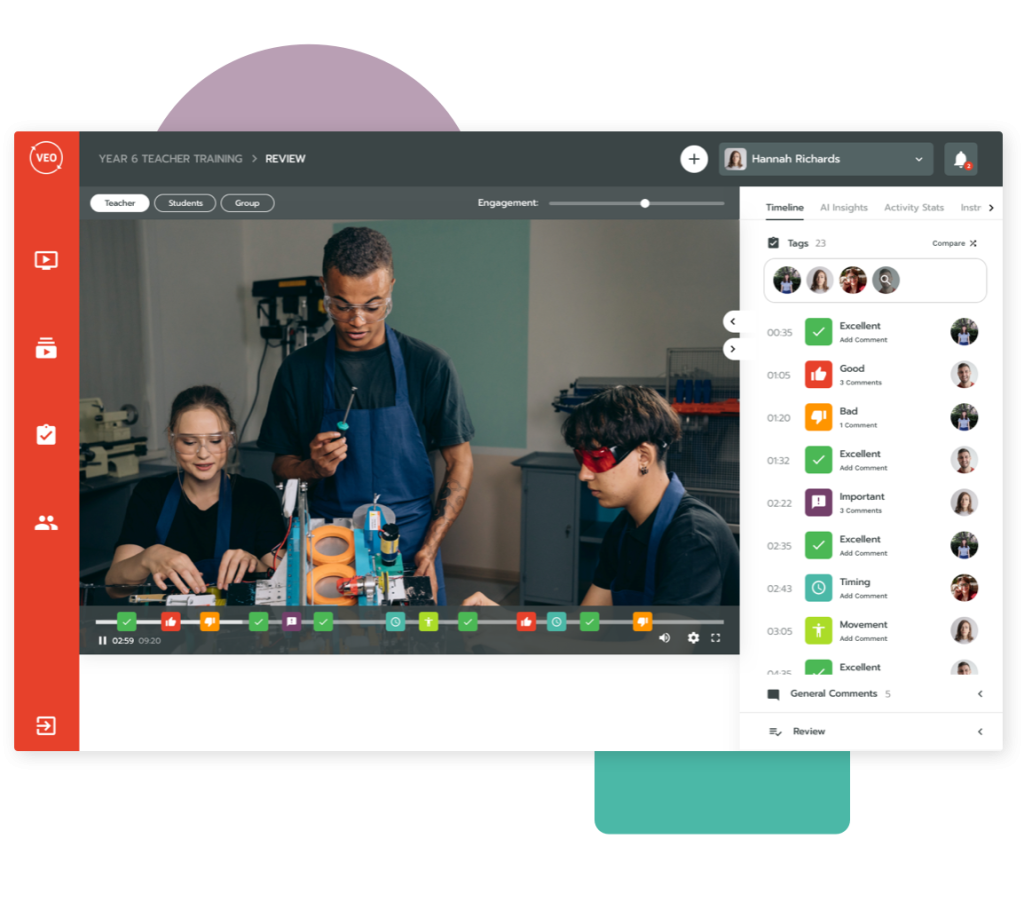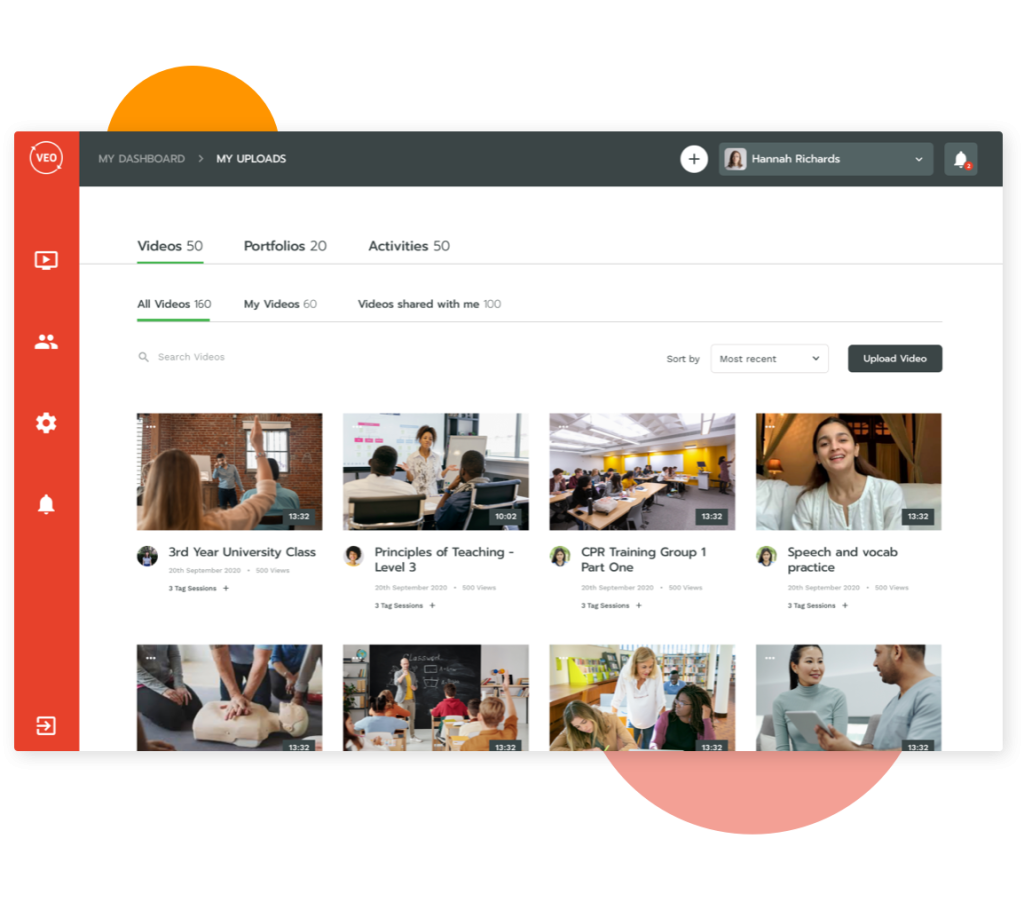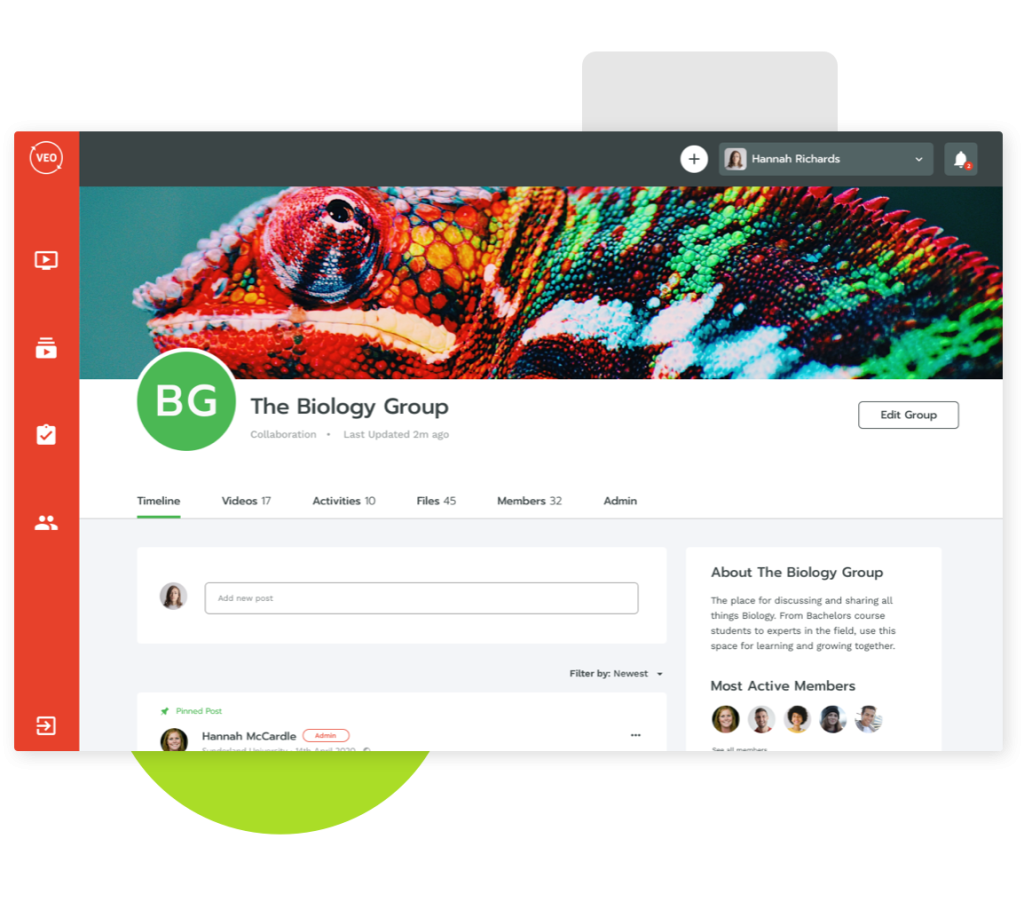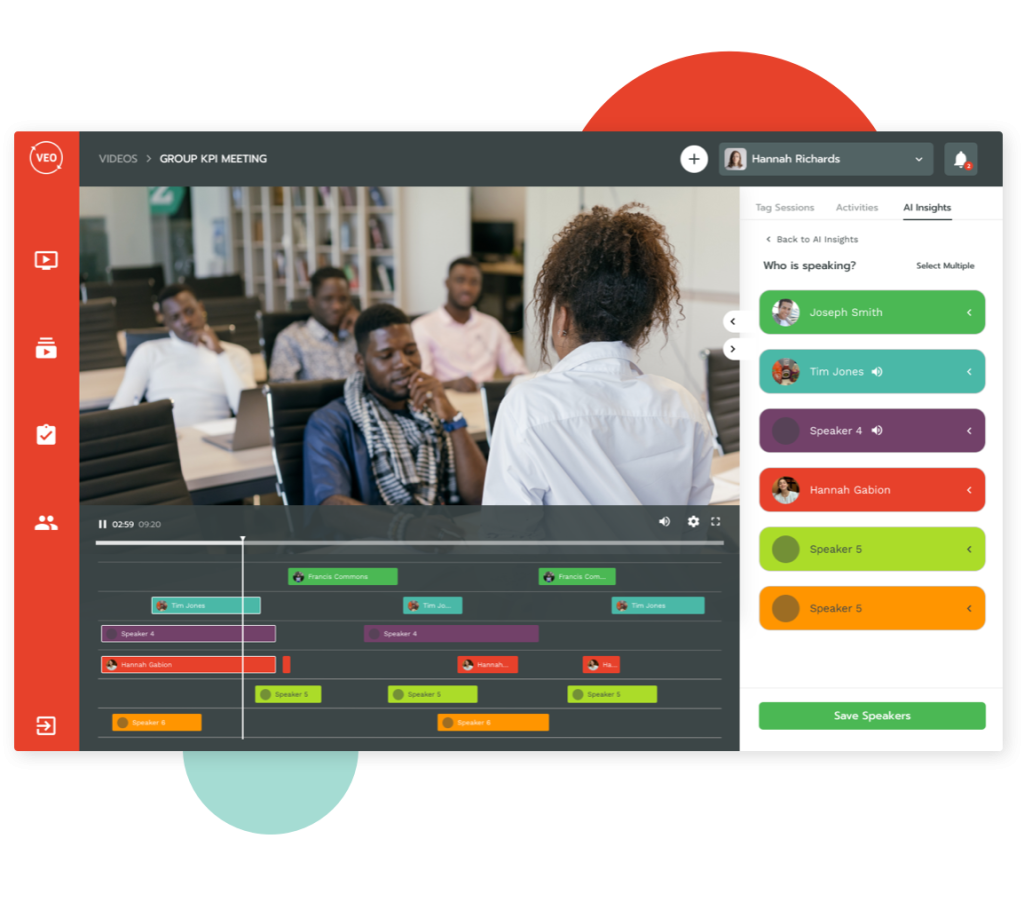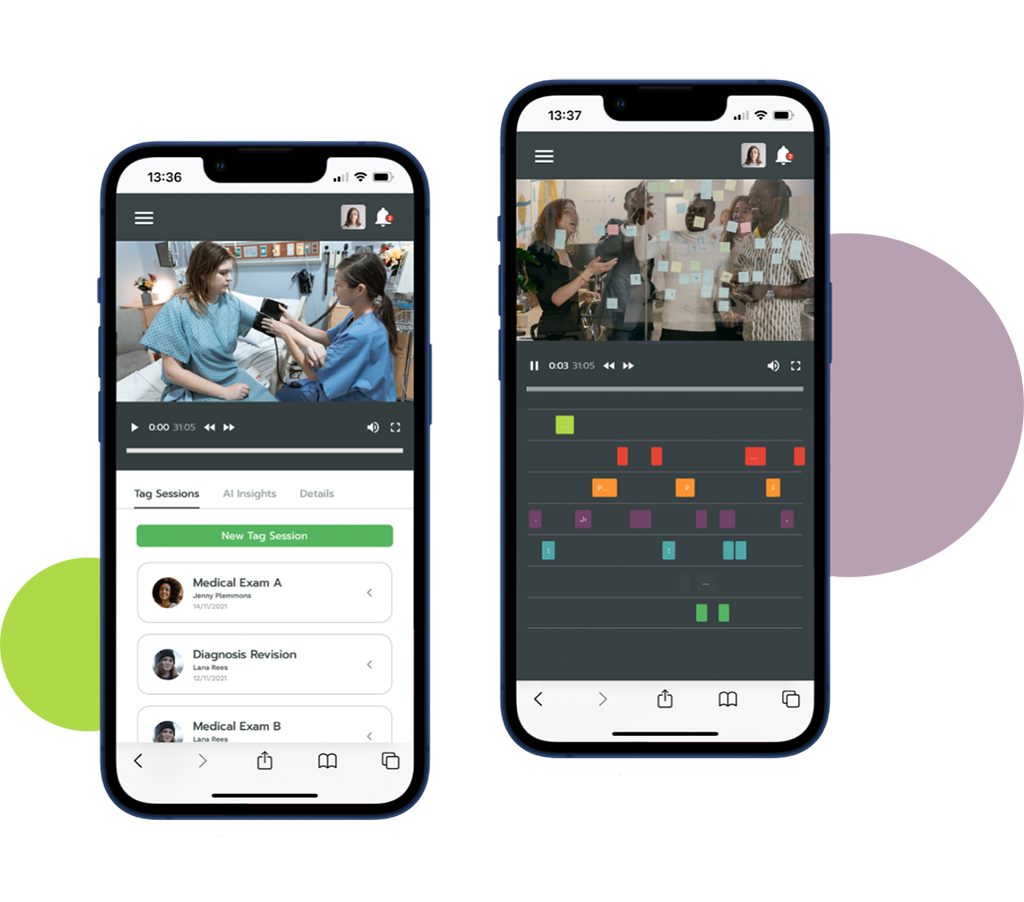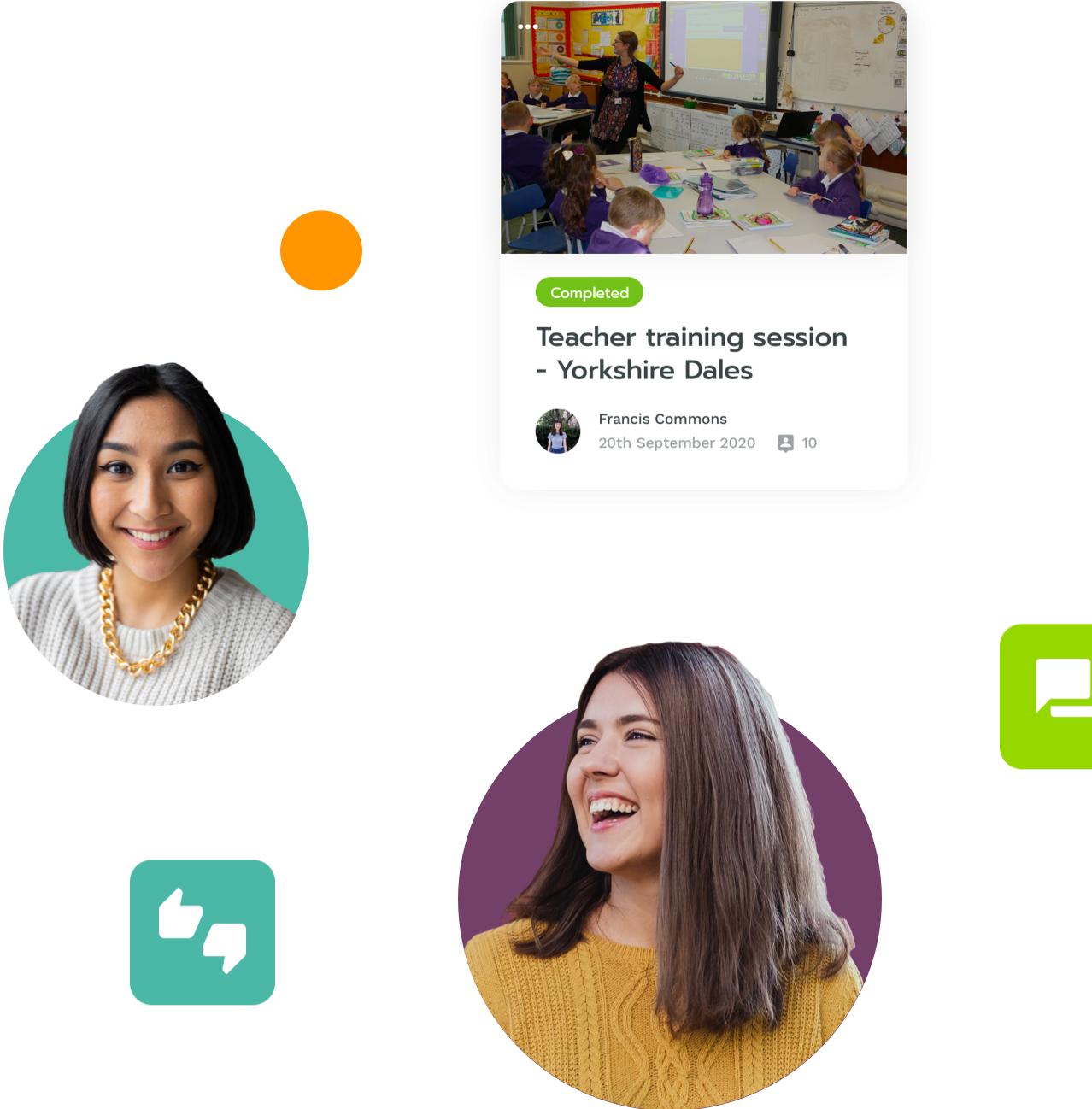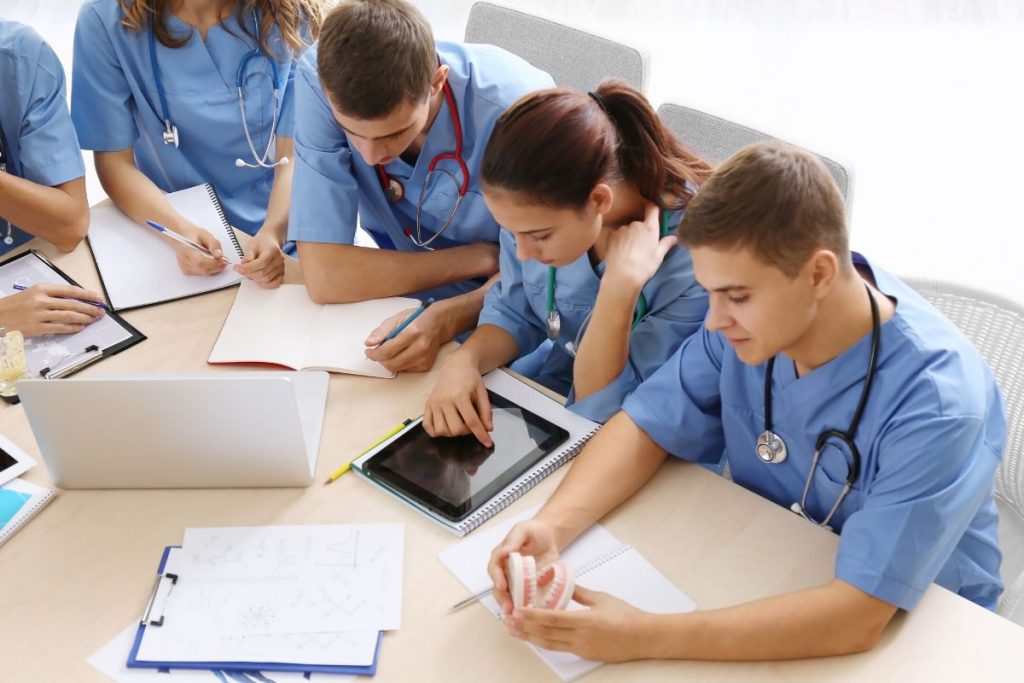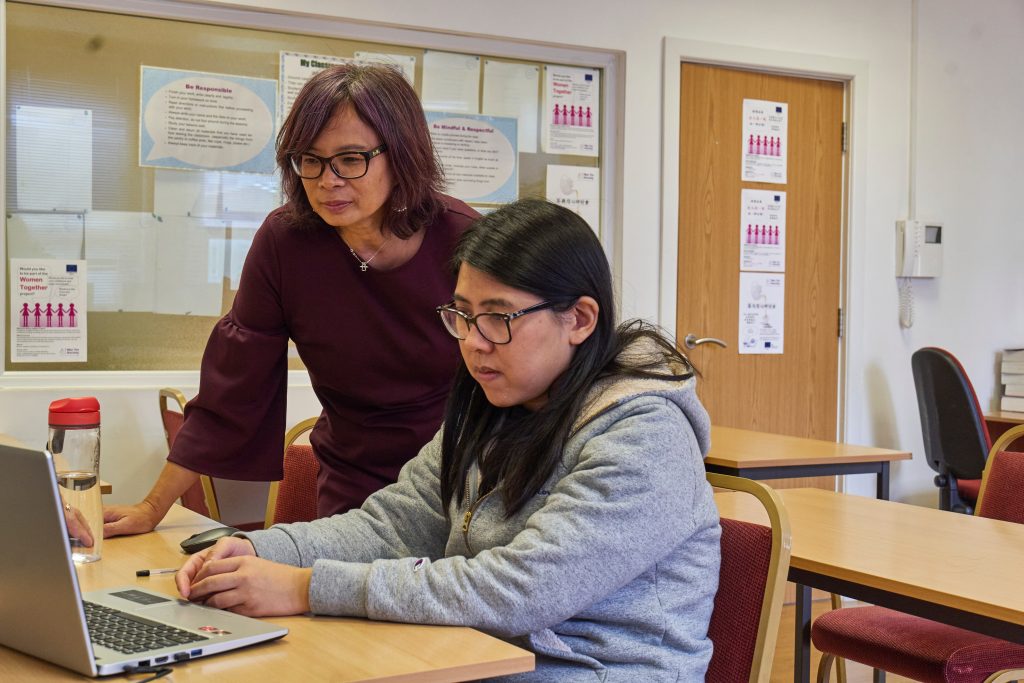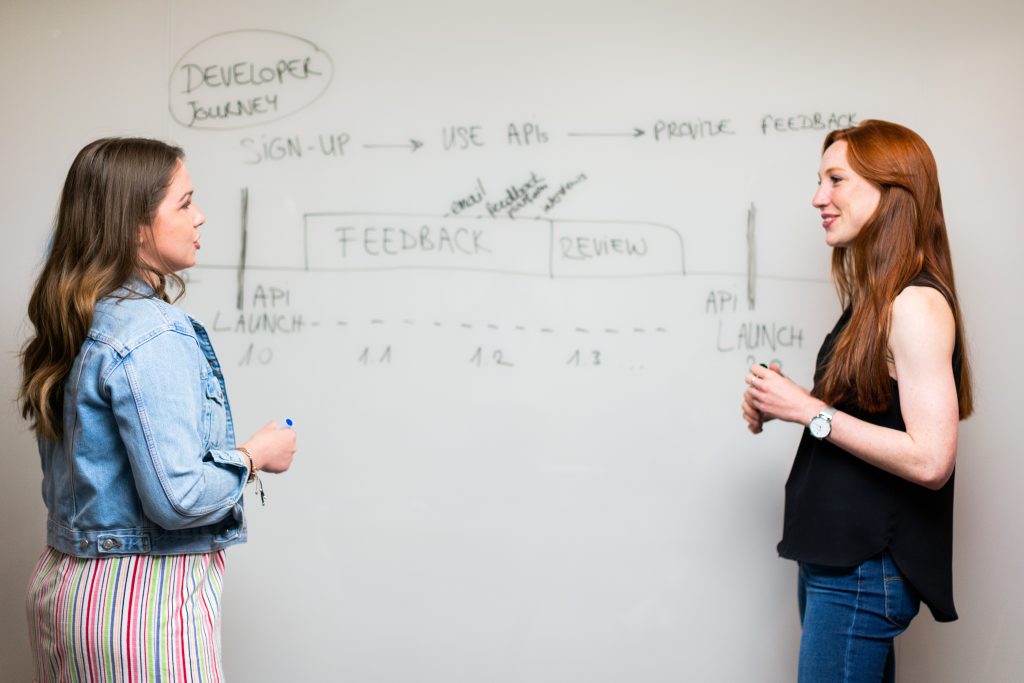Jaume Batlle Rodríguez is Spanish as a foreign language teacher trainer at the Universitat de Barcelona. His main research is focused on the comprehension of classroom discourse and, specifically, teacher-students interaction from a Conversation Analysis perspective.* In this guest blog, he talks about how the university was able to provide valuable learning experiences to students during the pandemic – without the need for them to leave home.
It goes without saying, but the COVID-19 pandemic changed all of our lives. But now, as the world heals, our lives start returning to old routines and moving towards some kind of normalcy.
As you may know, the vast majority of educational systems around the world had to change from face-to-face to online lessons. New programs and online platforms emerged quickly in the educational world to try to maintain programs, schedules, and educational routines. The ‘Training of Teachers of Spanish as a Foreign language’ master’s degree at the University of Barcelona was no exception.
How the University of Barcelona adapted teacher training
Our lessons moved from the physical classroom to the online classroom and, luckily, we kept working our curriculums as normal. However, to adapt to the new educational reality, all the activities needed to be changed or modified.
While some activities were easily transformed, others had to be strongly retrofitted. This was the case for one of the first activities that the students (our pre-service teachers) carry out throughout their master’s degrees: the practice of classroom observation.
During the first semester, before going to the schools for the educational practices, the pre-service teachers have two weeks when they have a first contact with the educational reality they are going to develop their professional career. They visit ‘Spanish as a Foreign language’ (SFL) schools to observe how teachers teach.
Prior to this, they have studied how foreign language classrooms are managed, the activities that teachers propose, how classroom discourse is characterized, etc. Through classroom observation, they can link theory and practice, as they can see on-site what they are studying in the master’s degree.
Traditionally, classroom observation had been carried out in SFL schools in Barcelona. However, the pandemic overturned everything. The pre-service teachers could not go to the schools, and the practice of classroom observation had to be modified.
To help us navigate the inability of the pre-service teachers go to the schools, we found in VEO “a great ally”.
Video Enhanced Observation allowed us to easily share video-recorded lessons
VEO, as an app for teacher training, has many different uses. One of them is the possibility to keep videos and serve as a library of knowledge.
VEO allows us to keep and share classroom-recorded videos easily and with privacy.
Thanks to that, if you want to share video-recorded classrooms with students you are observing, you can upload the files to the VEO app and share them with the students. You don’t need to send the files, avoiding the common difficulties that sending 2GB files has.
Moreover, the files are neatly organised, and the students don’t need to find them in their computers every time they want to watch them. Given this availability, we decided to allow our pre-service teachers to use VEO for the classroom observation activity.
How VEO was used for classroom observation
We uploaded 14 different video-recorded lessons, of 8 different SFL teachers (a total of 18 hours and 20 minutes of video) and asked them to carry out the observation of four of the different videos. However, keeping in mind that a formative observation has to be carried out with a specific aim, we decided that our pre-service teachers should create a specific VEO tag set.
They had to choose two specific items of classroom management (group dynamics, instructions, correction, use of the blackboard, etc.) with which to observe the chosen lessons. They had to tag the videos to carry out the observation, focusing their attention on specific issues depending on their interests. The focused feedback was then shared, as it would be in a face-to-face physical observation.
Student Feedback on Using Video Enhanced Observation for classroom observation
The educational experience described in this post was carried out in November 2020, with a strict lockdown in Barcelona (Spain).
In a think-aloud activity, and in their observation reports, the students noted their appreciation of the possibility to carry out a classroom observation. Especially when taking into account the social restrictions imposed by the Spanish authorities.
Moreover, they appreciated the possibility to watch the videos as many times as necessary and praised the App with regards to getting to the tagged moments easily, the possibility to see different tag sets created and used by their classmates, and a great variety of teaching practices.
Some students found it difficult to create a specific tag set. As it was the first time that they used VEO and did not know exactly if it was possible to tag the concepts and practices they wanted to observe.
The pandemic situation that we have lived through has forced us to change the educational practices that we commonly carried to the classroom. Some of these activities, like those that were commonly carried out in external contexts, had to be modified drastically with the lockdown, in order to be carried out from home.
VEO was extremely helpful in allowing us to shift the classroom observation from the SFL schools to an online format. The App offered the students the possibility to go into a foreign language classroom without ever leaving home.
Although they didn’t have the opportunity to know a school atmosphere or the teachers and students personally, they had the opportunity to see how a foreign language classroom is managed and developed and were able to reflect on what it means to be an SFL teacher.
Interested in sharing your education or training insights?
We’re always looking for people to talk about their areas of expertise on the VEO blog and podcast. If you’d like to get involved, please get in touch with some information on the topic you’d like to discuss.
* This post is based on Batlle, J. & González, V. (2021). “Observar para aprender: Valoración del uso de la herramienta Video Enhanced Observation (VEO) en la formación del profesorado de español como lengua extranjera”, in Satorre, R. (coord.) Redes de investigación e innovación en Docencia Universitaria. Volumen 2021 (pp. 175-184). Instituto de Ciencias de la Educación de la Universidad de Alicante.
